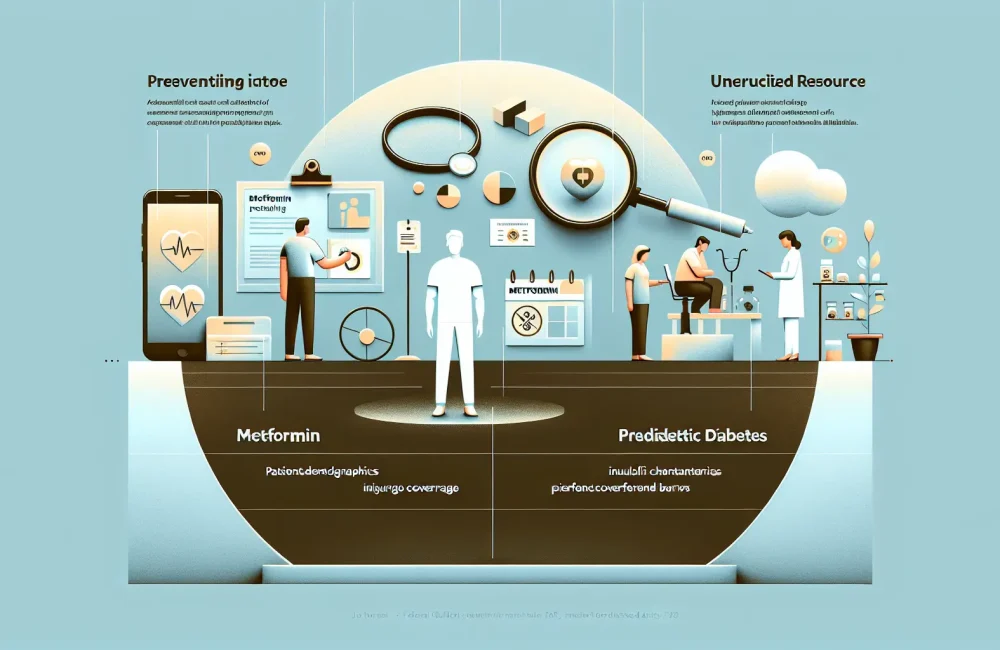By CAFMI AI From Journal of General Internal Medicine
Impact of Out-of-Pocket Caps on Prescription Drug Spending
**Reducing Financial Burden Through OOP Caps:** Prescription medications often represent a significant financial burden for adults with private insurance, with high out-of-pocket (OOP) costs leading to reduced medication adherence and increased financial strain. Recent policy proposals aim to extend OOP spending limits beyond Medicare beneficiaries to a broader population—namely, adults aged 18 to 64 with private insurance. This taxpayer-funded initiative seeks to cap annual OOP expenses for prescription drugs, creating a ceiling that limits how much individuals pay in a year for essential medications. By analyzing national survey data on insurance coverage and drug spending, researchers projected the effects of implementing such a cap on this demographic. The findings reveal that about 15% of privately insured adults would benefit substantially, especially those managing chronic diseases requiring multiple prescriptions. On average, they could save around $600 annually in prescription drug costs. These savings are particularly meaningful for middle-income earners who might struggle with high medication expenses but do not qualify for public insurance programs.
Clinical Implications for Medication Adherence and Outcomes
**Enhancing Medication Adherence Through Cost Reductions:** Financial barriers remain a critical factor influencing patients’ adherence to prescribed therapies. When patients face steep prescription co-payments or cost-sharing, they often cut back on medication use or abandon treatment altogether. The modeled implementation of OOP spending caps for adults with private insurance addresses this challenge by alleviating the economic strain. Lowering OOP costs is expected to improve adherence rates significantly, leading to better disease management and potentially reducing hospitalizations and other costly healthcare interventions. For clinicians practicing in the United States, these findings underscore the importance of considering patients’ medication costs as part of comprehensive care. Discussing cost-saving policies like OOP caps can help patients stay on essential therapies, optimizing treatment success. Additionally, this policy expansion promotes health equity by targeting those at risk of underuse due to financial hardship, thereby supporting population health goals in primary care and specialty settings.
Policy Considerations and Future Directions
Implementing out-of-pocket spending caps for prescription drugs among privately insured adults raises important policy and economic questions. Funding such caps through taxpayer resources requires careful assessment of budgetary impacts, potential shifts in insurance premiums, and overall healthcare spending. Policymakers must also consider the administrative challenges of expanding caps outside Medicare and ensure equitable access across diverse populations. Future research should focus on longitudinal outcomes post-implementation, including real-world adherence improvements, cost savings, and health equity metrics. Stakeholder engagement, including patient advocacy groups, insurers, and healthcare providers, is crucial to designing effective and sustainable OOP cap programs. Ultimately, this policy approach represents a promising strategy to alleviate financial barriers to medication access and improve population health outcomes.
Read The Original Publication Here






